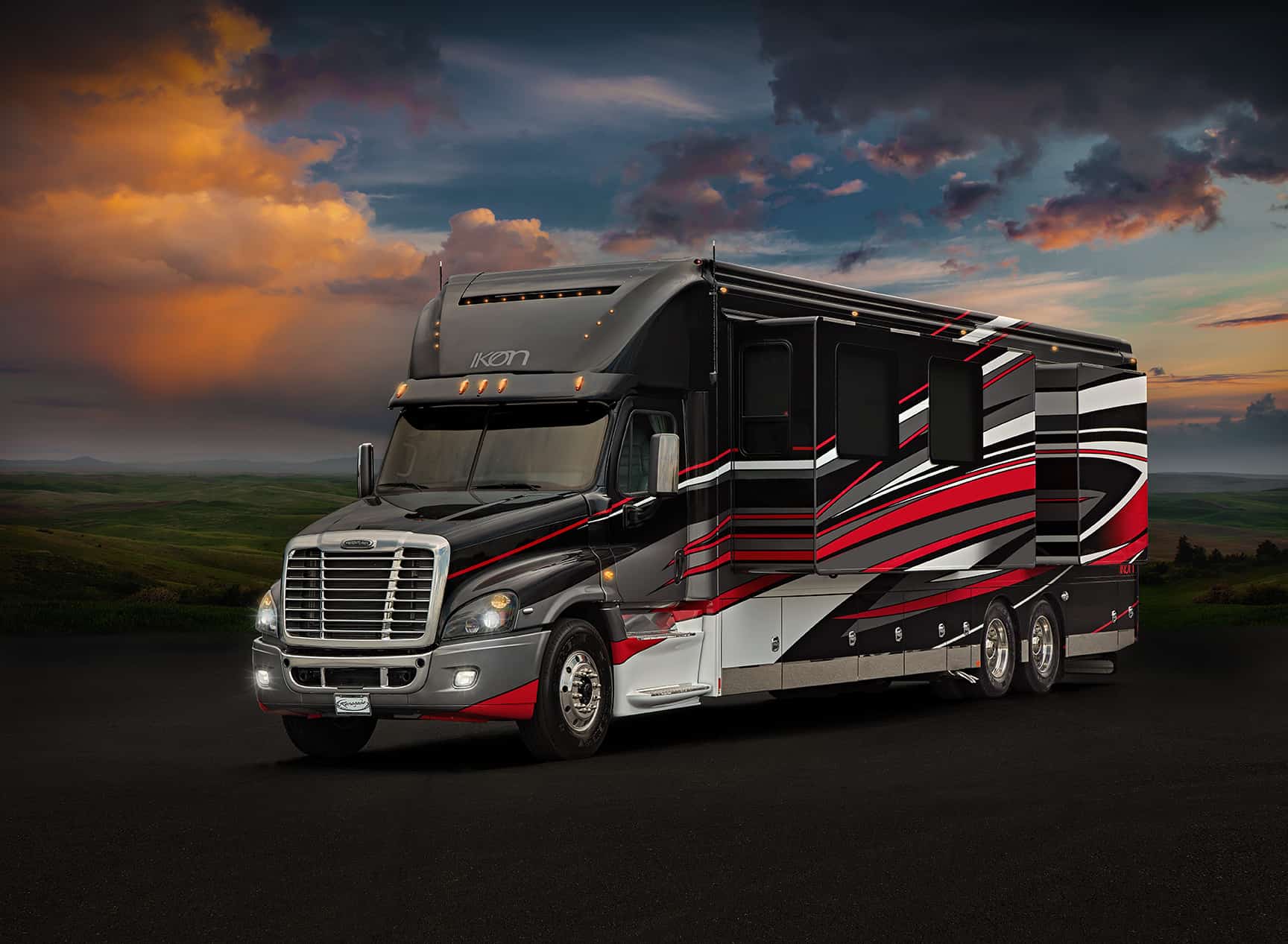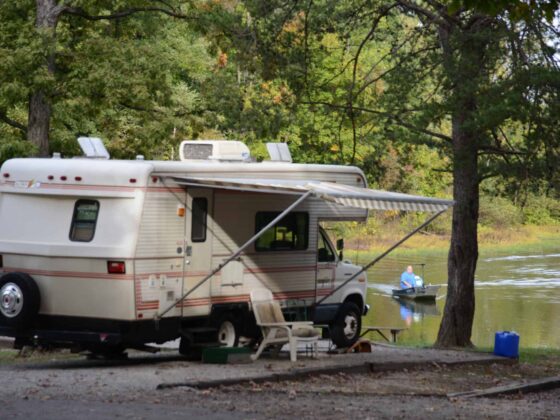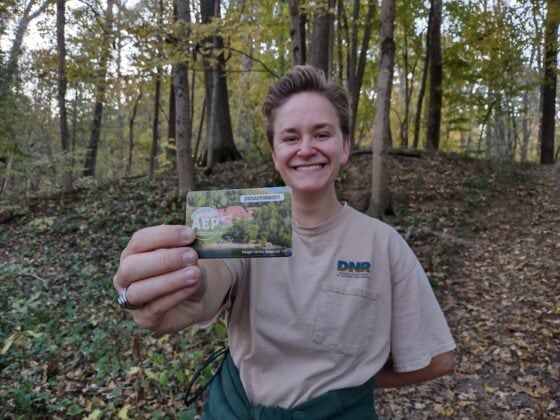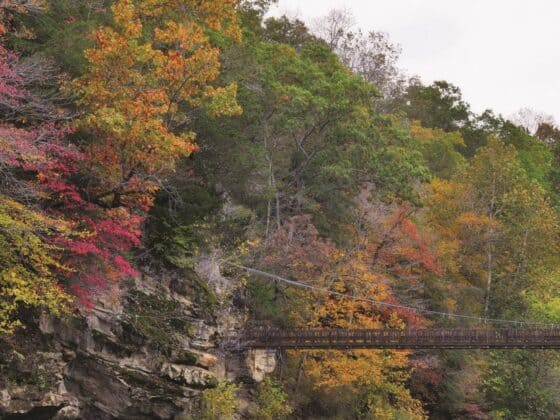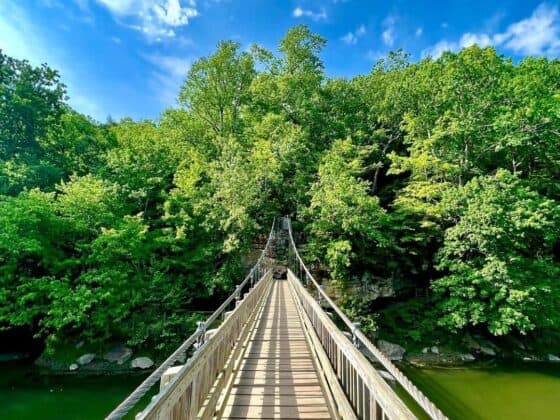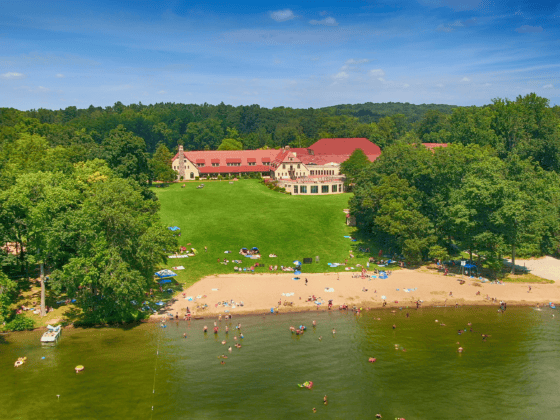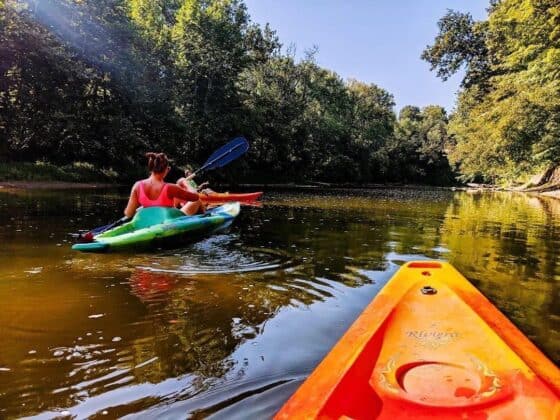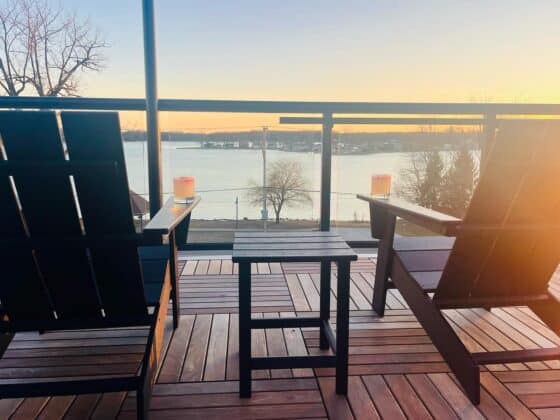BY Marshall V. King
Elkhart County—Indiana’s “RV Capital of the World”
ELKHART — In the RV Capital of the World, those who make the recreational vehicles get excited about making it easy to hit the road with the comforts of home.
The RV business is booming at the moment and companies are trying to keep up with demand in northern Indiana. The industry posted some of its best sales in 2016, shipping nearly 420,000 units, according to the Recreation Vehicle Industry Association.
At least four out of every five of those comes from Indiana. Eighty-two percent of the RVs made in the world come from Elkhart County and the surrounding area, according to the most recent production figures RV historian Al Hesselbart has seen from the RVIA. (The author of the soon-to- be-published book “RV Capital of the World” on the history of RVs in Indiana is in Florida for the winter, living in his 1978 vintage motor home.)
A starter RV may cost you around $20,000. You can get let a lot of RV for less than $100,000, yet the largest, fanciest motorhome can top $1 million. The business of making RVs started in the 1930s in northern Indiana and has grown into an industry that has an economic impact of $50 billion, according to the RVIA.
Though they fit into the lane to drive down the road, once the RV is parked, slideouts can be pulled from the unit to create a domicile that’s as big as 430 square feet.
These so-called slideouts transformed the RV industry, making the larger fifth-wheels more popular and more like home. “Back in those days, it was four sides, a roof and a floor,” said Darrell Byers, an industry veteran who owned several RV makers and is now an account manager for RV supplier MOR/Ryde.
The little camper hasn’t gone away. The Terry Classic, a retro single-axle travel trailer made by Heartland RV in the Fleetwood line, just won best of show at the 54th annual National RV Trade Show in Louisville, said A.J. Jones, senior general manager for Heartland. On the outside, the 20-foot RV looks like it was built in the 1960s. “When you walk inside, it’s completely modern,” Jones said.
Camping in an RV no longer means roughing it. “If mom’s seeing it on HGTV, she wants it in her RV. If custom builders are putting it in their garage, dad wants it in his toy hauler,” said Byers.
This generation of RVs comes with bluetooth technology, USB ports and porcelain toilets. LCD televisions are standard equipment. “It used to be a microwave was just fine, now that’s not even good enough,” said Byers. Customers want convection ovens and RV manufacturers are installing them. Fireplaces, slideouts within slideouts, and electric steps that extend all the way to the ground to provide stability are all features.
Toy haulers were designed in the early 2000s for the 30-to 40-year-old West Coast resident taking a motorcycle or four-wheeler to the desert. Now 45 percent of them have a bunkhouse, said Jones, a toy hauler guru. Toy haulers have bathrooms and entertainment systems in both sections, couches that drop from the ceilings of the garage, and even patio decks. “It really has transformed this segment into the most versatile fifth-wheel out there,” he said. RVers are using toy haulers to travel with the golf carts, hot air balloons and motorcycles.
How RVs look and the way features are added keeps changing, though Byers said at this point everything is just reinvented, not invented. Customers and those who work in the industry come up with new twists on storing a dining room table, only this time it’s in an RV rather than grandma’s dining room, he said. What hasn’t changed is how much people love using RVs. Byers and his family started in an Jayco pop-up camper. When their budget allowed, they upgraded to a unit with an inside restroom. Then came a travel trailer. He just sold their motorhome and may get a fifth-wheel, but isn’t ready to retire and be on the road with one, he said. “I love the lifestyle. It’s a great family environment. Had a great time with it. Wouldn’t trade those memories for anything,” he said. People value the safety and security of going to a campground and turning your kids loose at an affordable safe haven, he said.


